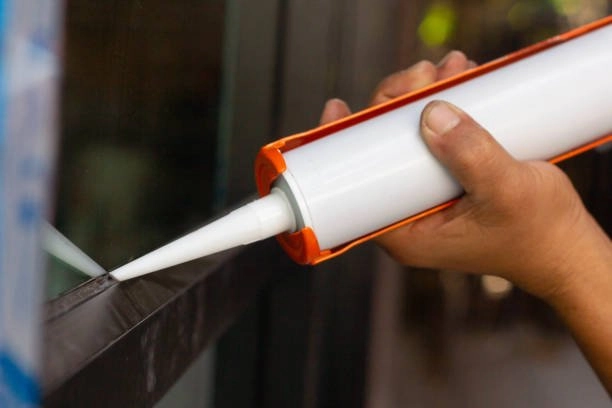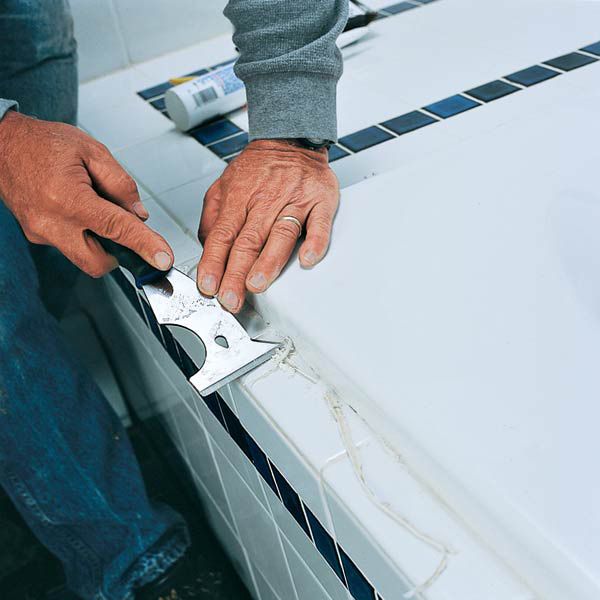CHNGOO Ethan,12,December,2023
Silicone sealant, a ubiquitous household and construction companion, has revolutionized the way we approach various projects. In this essay, we delve into the multifaceted world of silicone sealant, exploring its applications, limitations, waterproofing capabilities, and its adhesive prowess. Understanding the nuances of silicone sealant is crucial for ensuring its effective utilization in different contexts.
![]()
What is Silicone Sealant Used For?
Silicone sealant, a type of caulk known for its flexibility once cured, finds its applications in a diverse array of fields. Its primary use lies in construction, where it serves as a reliable solution for sealing gaps and joints. Whether it's windows, doors, or other building materials, silicone sealant provides an enduring seal that accommodates natural movements without compromising its integrity.
In plumbing, silicone sealant emerges as a hero in creating watertight seals around sinks, tubs, and showers. Its resistance to water makes it an ideal choice for areas prone to moisture, playing a crucial role in preventing water damage and thwarting the growth of mold and mildew.
Beyond the professional sphere, silicone sealant has become an indispensable tool for DIY enthusiasts. From crafting to home repairs, its versatility makes it a go-to solution for sealing gaps, fixing leaks, and tackling a myriad of household projects. The ease of application and the durability of the seal make silicone sealant a reliable companion for those seeking practical and efficient solutions.

When Should You Not Use Silicone Sealant?
While silicone sealant is a versatile adhesive, there are instances where it might not be the most suitable option. Understanding these limitations is paramount for ensuring the success of a project.
Firstly, painting over silicone sealant is generally not recommended. The surface of cured silicone can be challenging for paint to adhere to, leading to unsatisfactory results. If your project involves subsequent painting, it's advisable to explore alternative sealants compatible with paint adhesion.
Silicone sealant is not designed for load-bearing applications. When dealing with heavy objects or projects requiring structural bonds, opting for a specialized adhesive specifically formulated for such purposes is crucial. This ensures the longevity and stability of the project, preventing potential failures associated with using silicone in inappropriate contexts.
Moreover, silicone sealant may not adhere effectively to certain plastics, including polyethylene and polypropylene. Checking the compatibility of the sealant with the materials at hand is imperative to guarantee a strong and lasting bond.
In summary, it's essential to consider the nature of the project and the materials involved before choosing silicone sealant. While it excels in various applications, being mindful of its limitations ensures optimal results and project success.
![]()
How Waterproof is Silicone Sealant?
The water-resistant properties of silicone sealant are one of its most celebrated features. This attribute makes it a preferred choice for areas exposed to moisture, both indoors and outdoors.
Silicone sealant forms a tight and durable seal that effectively repels water, making it particularly suitable for bathrooms, kitchens, and other wet areas. Its ability to withstand water exposure also extends to outdoor applications, where it proves invaluable for sealing windows, gutters, and other exterior joints.
However, it's crucial to note that while silicone sealant provides excellent water resistance, it is not suitable for submerged applications. In scenarios where constant water submersion is a factor, such as in aquariums or water features, specialized sealants designed explicitly for underwater use should be employed. This ensures the longevity and effectiveness of the sealant in challenging environments.
In summary, silicone sealant's impressive waterproofing capabilities make it a versatile solution for a wide range of projects, but understanding its limitations in submerged applications is vital for selecting the right sealant for the job.

What Does Silicone Stick To?
The adhesive properties of silicone sealant are a key factor in its widespread use. Understanding what surfaces silicone adheres to is essential for achieving strong and lasting bonds.
Silicone sealant exhibits excellent adhesion to a variety of materials, including glass, metal, ceramics, and most plastics. This versatility makes it a top choice for projects involving different surfaces, from sealing glass aquariums to repairing metal gutters.
However, achieving optimal adhesion requires proper surface preparation. Before applying silicone sealant, it's crucial to ensure that the surfaces are clean, dry, and free of debris. Following the manufacturer's recommendations for surface preparation enhances the bond between the sealant and the material, maximizing its effectiveness.
In conclusion, the broad range of materials to which silicone sealant adheres makes it a versatile and reliable option for various projects. Proper surface preparation is the key to unlocking its adhesive potential, ensuring successful outcomes in diverse applications.

Conclusion:
In the grand tapestry of construction and DIY projects, silicone sealant emerges as a thread that binds materials, bridges gaps, and protects against the relentless forces of moisture. From its applications in construction and plumbing to its impressive waterproofing capabilities and versatile adhesion, silicone sealant has earned its place as a staple in the toolkit of craftsmen and DIY enthusiasts alike.
Understanding the strengths and limitations of silicone sealant is crucial for harnessing its full potential. Whether sealing gaps in a bathroom, tackling a home repair project, or embarking on a creative endeavor, silicone sealant stands ready to play its part in bringing ideas to fruition. As we navigate the complexities of construction and creativity, let silicone sealant be our steadfast ally in the pursuit of durability, resilience, and innovation.